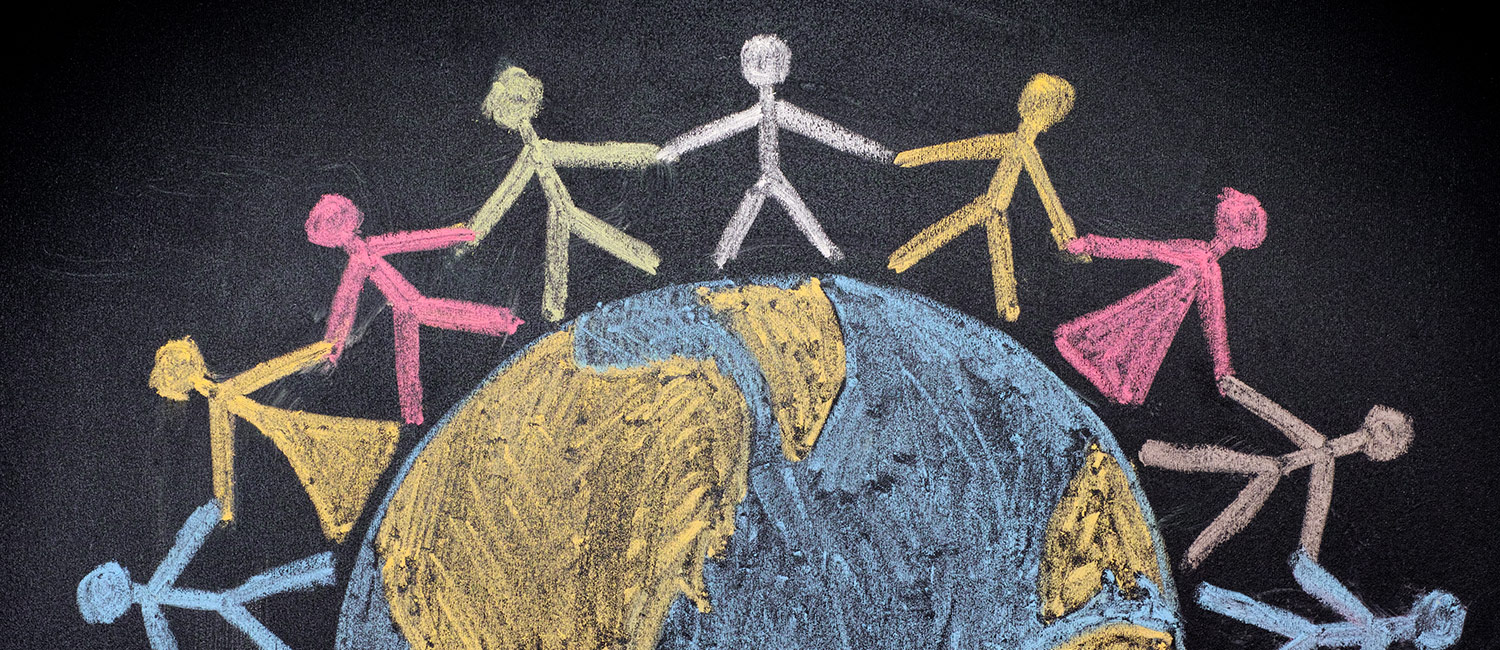
Teaching culturally diverse classrooms
Second-grade public school classrooms are often modern-day melting pots. One desk may belong to a Burmese boy whose family spent time in a refugee camp. Sitting at another may be a girl whose first language is Spanish, while behind a third desk is a girl from Somalia. They are there to learn alongside students from Latino, Caucasian, African-American and Asian families that have been in the United States for generations.
Teachers must respect each child’s cultural strengths while promoting academic achievement and well-being. To help them, UWM’s School of Education has formed a partnership with Milwaukee Public Schools to study and support culturally responsive teaching.
UWM is working with 12 schools to instruct current and aspiring teachers how to best engage diverse learners. The project’s principal investigators are Donna L. Pasternak, professor of English education, and Kristen Taylor, director of UWM’s Office of Clinical Experiences.
Culturally responsive teaching incorporates strategies and philosophies as simple as showing respect for a student’s home language. The project involves teachers assessing their own cultural awareness and learning strategies developed for students from different backgrounds. Specific approaches will vary according to student demographics within each school.
UWM will work with staff at the 12 schools to design and expand professional development and improve culturally relevant practices schoolwide. The schools will also serve as placement sites for student teachers from UWM and the UW System who want to build their skills in culturally relevant practices.
The effort is funded through a three-year, $5 million grant from the U.S. Department of Education. The grant also helps education assistants become certified teachers.